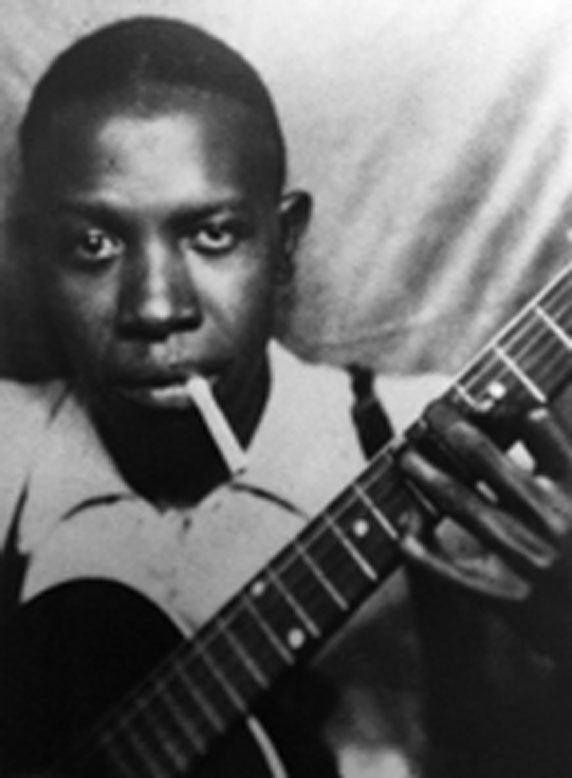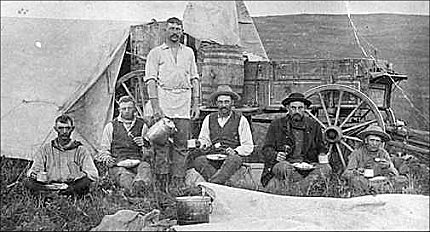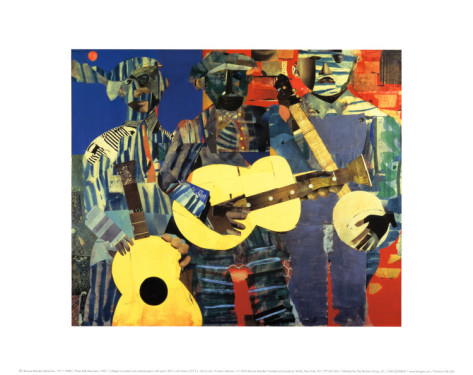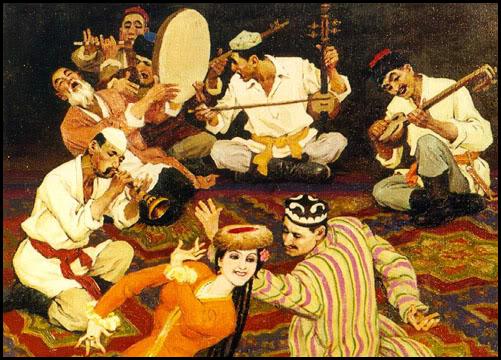Ethnomusicology may not be a social science you are aware of (unless you're a professional musician, Music Professor, or an enthnomusicologist) but it study of music of different cultures especially non-western ones. Much like a cultural anthropologist (who studies cultures in general), ethnomusicologist study the way people use music and its significant to peoples lives. Folk music is a form of expressive culture and can be found in any society or culture. Therefore ethnomusicologist study a great deal of folk music, because to be honest any form of music could be considered folk music due to the fact that folk fact that it can take any form and adapts from generation to generation. Enthomusicologists goal is to collect musical data from other cultures and to share such data with others. 3.

Now in an age where anything can be found and viewed with the touch of a finger, such data and be shared over the eyes of the internet. The internet can be used as a means of dissemination of cultural folk music while also be used as a archival to store such information. It can be a light unto those who could be in the dark of little understanding of cultural objects. But ethnomusicologist (and others documenting about cultural object such as music) has the obstacle of respect to face. One must respect the values that folk music may hold for a people. Such music can be considered sacred and should not be exploited due to the fear that those who are not deemed worthy to listen may listen. Displaying such information can rise some issues and concerns for the folk whose music holds sacred meaning to them.
Even though such information may be fascinating to read and study, one must keep in mind that not all music can be present out of respect of the folk and their music. We are also in an era where anybody can be enthomusicologist with the press of the record or camera button on their phones. People often feel free to capture any public (or private) performance, ceremony, or event then of course from there up load it onto the old YouTube and Facebook machine. Is such displaying a positive act or a negative one? It is positive that people hold an interest in others people folk ways, but like I said prior you have to keep in mind that you must be "...sensitive and sophisticated in the ways that..." you "...gathered, interpreted, and analysed..." from what you hear "...among unfamiliar populations" (Slobin 70).
2. (David McAllester)

David McAllester, enthnomusciologist who worked with Navajos ritualists, had to work for years too get approval from Frank Mitchell (Navajo ritualists) to film a Blessing ceremony. David had to agree though that when ever he played it Frank had to be in the room. Therefore people must obtain this high standard of respect towards folk and their music or folkways because such thing can hold great meaning.
1.

When ethnomuicologist collect data they tend to record what they hear, so what effect does recording have on folk music and our understanding of it? When ethnomusicologist first started collecting data in the early 20th century, the folk they recorded "... had mixed reactions to this mechanical incursion. Some saw it "...as a magical form of robbery...of custom" (Slobin 67). It can seem as though something is lost from the music and contort our understanding of the music because we are not there to grasp the true density of it. Then question such as authority, ownership, and authenticity arise when folk music is recorded. How has the right to deem what is worthy to recorded or edit out, who has true ownership of the music; the recorded or the musician?,is the recording truly authentic since it is not experience first hand? Well nobody has the right to deem what is worthy to record it or own it because it is something that can't be captured and boxed because the music holds its own. In regards to authenticity, nothing is authentic unless it's experienced first hand recordings are sometimes the closest people will get to the real thing.
Enthomusicologist study the idea of "music culture" which is how music touch aspects of our life such as religion, art, or politics. Music dose touch at least one aspect in our lives, for me it is religion. I am a baptist and in my church we sing songs of worship. It is a form of communication we use to relay our belief to one another so that we can share our expression of belief.
All in all, one music respect the customs of folk and their music like enthomusicologist. also that music touches at least one aspect of lives whether it be religion or some other form.
Here's a link for those who'd like a direct meaning of ethnomusicology...
http://degreedirectory.org/multimedia/What_is_Ethnomusicology_-_Video.html
1.http://www.indie-music.com/ee/themes/site_themes/dailyedition/images/uploads/ethnomusicology.jpg
2. http://www.socsci.uci.edu/~rgarfias/photos/symposium-1963/England1_000.jpeg
3.http://ethnomusicologyreview.ucla.edu/sites/default/files/u63/gambuh_ensemblemcphee197506_04_l0152_k.jpg
 This music first started out in the fields with simple work songs. This music carried on into the churches of the African Americans once they were liberated from slavery and it later transformed into the musical genre of the blues. From the blues the denomination of R&B was created and from there such musical styles as Motown, soul, and funk were forged. From there hip hop was sparked from all of these influences, each aspect helped to piece together what we know today as hip hop. Each generation is linked and is influenced by each other making he end product of hip hop.
This music first started out in the fields with simple work songs. This music carried on into the churches of the African Americans once they were liberated from slavery and it later transformed into the musical genre of the blues. From the blues the denomination of R&B was created and from there such musical styles as Motown, soul, and funk were forged. From there hip hop was sparked from all of these influences, each aspect helped to piece together what we know today as hip hop. Each generation is linked and is influenced by each other making he end product of hip hop.








 http://upload.wikimedia.org/wikipedia/commons/3/33/Joan_Baez_Bob_Dylan.jpg
http://upload.wikimedia.org/wikipedia/commons/3/33/Joan_Baez_Bob_Dylan.jpg





















,+p_232_.jpg)












